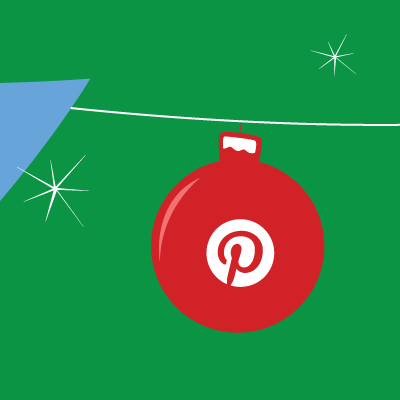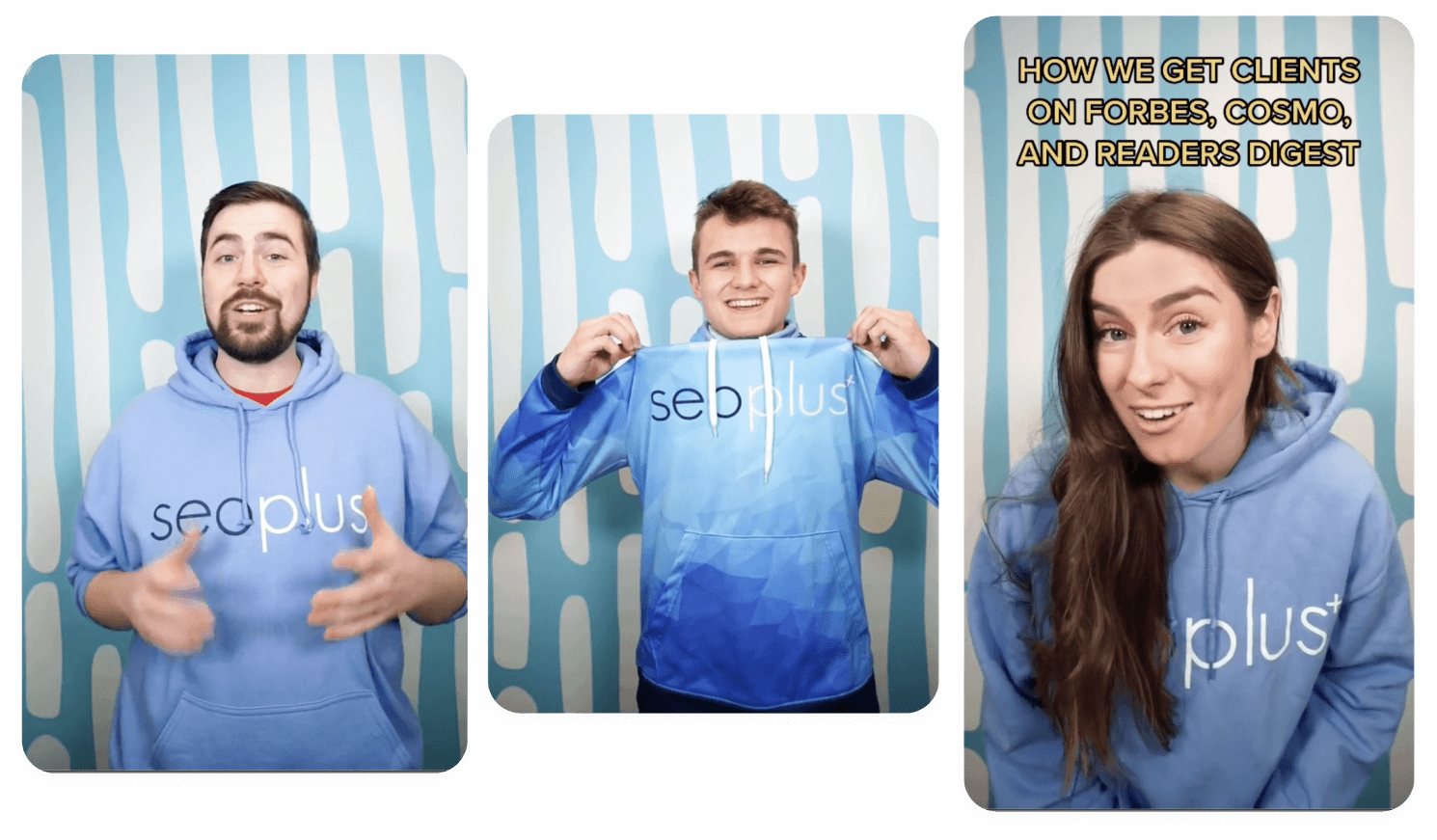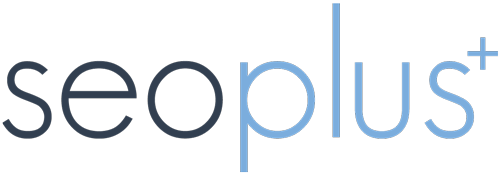While it may not have the usership numbers of Facebook, Twitter, or Instagram, this purchasing powerhouse is not to be underestimated, especially when it comes to holiday marketing. Pinterest users are passionate, well-informed, and active consumers who use the platform as an organizational tool for their shopping needs. 93% of pinners are using Pinterest to plan future purchases, and 96% use it to gather information on products. If you can captivate a potential customer with your Pinterest feed, you’ll most certainly reap the rewards. Pinterest users average purchase amount per order is larger than any other social network. With usership behaviour like this, it’s easy to see where e-commerce fits in. Here are some quick tips for turning products into pins, and pins into purchases:
Think vertical
Pinterest places limits on the horizontal plane of images, but not vertically. Vertically oriented pins look better on mobile screens as they mirror the shape of your phone. Why is it important to play to mobile Pinterest use? 80% of active Pinterest users are using mobile platforms. If you post a horizontal image, it will be less dominant in a Pinterest users feed. Check out these mobile Pinterest feeds. Take note of which pins grab your eye, and which ones get lost.
The same applies for desktop Pinterest browsing. Vertical pins dominate the user’s feed while non-optimized photos are easily scrolled by, and forgotten.
Don’t take it personally
Pinterest browsing is the ultimate form of window shopping, and pinners want to be able to picture themselves using the products that they are interested in. In fact, the best way to catch a pinners attention is to stay out of it.
That’s right, get faces out of your product images. Pins without faces receive 23% more repins that pins that feature product models. This doesn’t mean laying your product on a flat surface and taking a quick picture for Pinterest.
Pinners still like to see the item in action. The best way to balance these two preferences is simply by cropping images to exclude identifying features of the model. Take note of the images below: these can anybody’s wrist, anybody’s torso, anybody’s ankle. So why not your potential customers?
Pin for your ideal customer
Just like on other social media platforms, it’s not all about you. This means that your Pinterest needs to be comprised of other pinners, not solely your own products and services. You need to be able to curate a Pinterest presence that will speak to your ideal customer in order to captivate them. I’m guessing that your target audience doesn’t just like one thing – you. They are well-rounded, multi-faceted human beings with a variety of passions and interests. Try to narrow your ideal customer down to a series of themes. Are they trendy, boho chic? Are they introspective, bookish brains? Are they precise, contemporary, mod? Then start pinning with this audience in mind. As Kevin Costner might tell you, “ If you build it, they will come”. The aim of this strategy is to gather followers who fit the description you’ve created of your ideal customer. That way, when you do pin your own content, it’s seen by the right eyes.


